Metrology ensures that all types of products, whether it be for transportation or medical use, pass tests down to the finest details.
Testing engineers across industries perform routine checks on vehicles, aircraft and more to ensure their safety, efficiency and overall quality.
Of course, testing in any capacity is a sensitive process that external forces like vibration lead can negatively impact.
How do testing engineers solve this problem? It starts with a high-tech pneumatic vibration isolation system
What is Pneumatic Isolation?
Pneumatic isolation is a specific form of vibration isolation that is largely effective against low frequency vibration.
Vibration isolation is the process of isolating an object from the source of vibrations.
This object can be anything from a vehicle to a coordinate measurement machine.
Ultimately, pneumatic vibration isolation protects an object from external vibration by using a pneumatic vibration isolation system.
These systems create ideal conditions for testing equipment and heavy machinery for superior isolation from environmental vibration.
What are Pneumatic Isolators?
Using compressed air, pneumatic isolators maintain pressure in the “bladder” or “canister” portions of the device.
This air chamber within the pneumatic isolator is sealed with a flexible diaphragm that supports and isolates the payload.
Pneumatic isolators adjust their stiffness to accommodate the appropriate amount of pressure.
In return, the payload is isolated from its surrounding environment.
A complete pneumatic vibration isolation system ensures the best results for isolation and can accommodate large payloads like MRI machines and airplanes.
How does such a solution work? What are the applications of a pneumatic vibration isolation system?
How Is A Pneumatic Vibration Isolation System Used?
Companies use pneumatic isolators in a variety of industries for a wide breadth of applications.
Pneumatic isolators are essential for testing equipment featured in metrology, MRI machines, auto testing and aircraft testing.
Auto Testing
An integral part of a vehicle’s certification, new and old cars alike undergo routine tests to assess their safety and efficacy.
In an industry like auto testing, pneumatic isolators isolate testing equipment and vehicles from external vibration.
Pneumatic vibration isolation systems have applications like dynamometers, engine test rigs, road simulators and much more.
As these applications may have high shock frequencies, the pneumatic isolators ensure they do not affect testing.
READ NEXT: How Fabreeka Assists Automotive Testing Engineers
Aerospace Testing
The aerospace industry uses pneumatic isolators to test the structural integrity of aircraft.
A pneumatic vibration isolation system simulates in-flight environments to assess an aircraft’s safety during aerospace testing.
Using pneumatic isolators, a Soft Support System hoists large aircraft from the ground and reduces outside influence from external vibration.
Therefore, the pneumatic isolators create a free-free environment to test for several key features.
LEARN MORE: Why Low Frequency Isolation is Important for Aerospace Testing
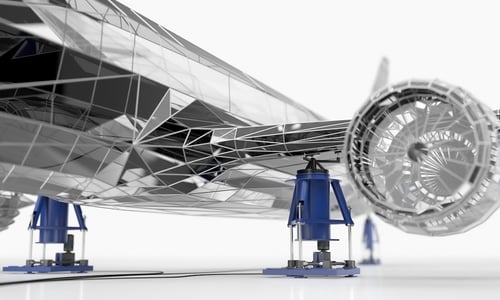
Precision Tools
Metrology, of course, is an industry that relies on accuracy and reliability.
The degree of precision required for precision machine tools is ever-increasing.
Precision equipment operates down to the smallest scales. Without proper isolation, inaccuracies and errors surface.
Pneumatic isolators reduce the influence of external vibration.
For proper cuts, turns, polishes and microscopic alterations, pneumatic isolators create ideal vibration-free environments.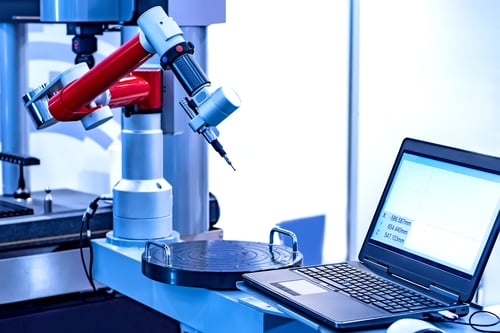
MRI Equipment
Like precision machine tools, medical equipment should be free from any variables that obscure results.
MRI equipment is susceptible to vibration due to its sensitivity.
In this case, pneumatic isolators work as part of a system to isolate the MRI equipment.
The pneumatic isolators ensure vibration does not influence results by eliminating “ghosting” or double images.
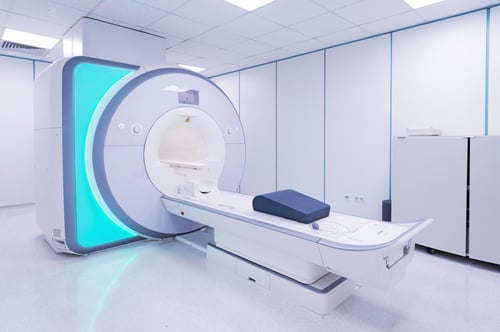
Low Frequency Vibration Solutions
Fabreeka’s pneumatic isolators and vibration isolation solutions are trusted by professionals across industries.
Coupled with excellent customer service, our line of pneumatic isolators makes for an ideal solution no matter your application or industry.
Precision Aire™ PAL Isolator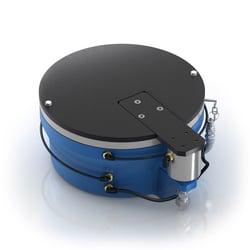
Ideally suited for conditions requiring height control and vibration isolation, Fabreeka’s Precision Aire leveling PAL pneumatic isolator provides superior low frequency vibration isolation as part of a pneumatic vibration isolation system.
- Automatically leveling membrane air springs with a three-point system for full isolation.
- Vertical natural frequency range of 1.5 to 2.7 Hz.
- User-friendly interface featuring level-control valves, load sensors and height control.
- PAL pneumatic isolators support weight with additional units at up to 100,000 lbs. per isolator.
Fabreeka’s PAL pneumatic isolators are commonly hailed for their versatility from the aerospace industry to automotive testing.
RLA Isolator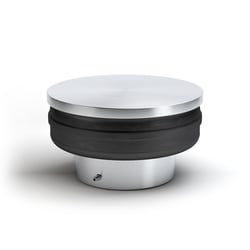
Also part of our product portfolio, the RLA isolator provides low frequency vibration isolation for applications that require high dynamic vibration amplitudes and lifting heights.
- The rubber air springs give the pneumatic isolator natural frequencies from 0.6 Hz.
- Support for 7,700 to 69,300 lbs. per isolator.
- Resistant to most oils, alkaline or acidic cleaning agents, dust, dirt, ozone, UV radiation and general weathering.
PLM Air Spring Isolator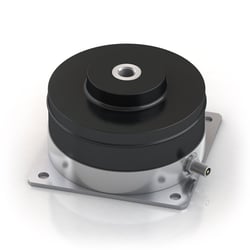
Last in our line of pneumatic isolators is Fabreeka’s PLM isolators. These pneumatic isolation mounts are built for low-frequency vibration and shock isolation.
- PLM isolators reduce unwanted vibration while also leveling the devices they support.
- Highly adaptable, air springs with pneumatic screw connections are connected to the respective air supply to ease pressurization and leveling.
- PLM air springs can isolate frequencies as low as 5hz.
Serving a wide variety of industries, Fabreeka’s pneumatic isolators come as part of a complete system that works to isolate devices from vibration.
We strive to help our clients achieve accurate results, and our engineering team works directly with you to develop a custom, ideal solution for your needs.


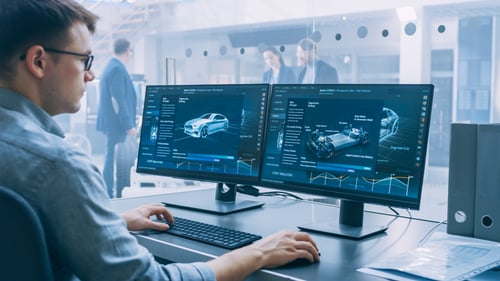

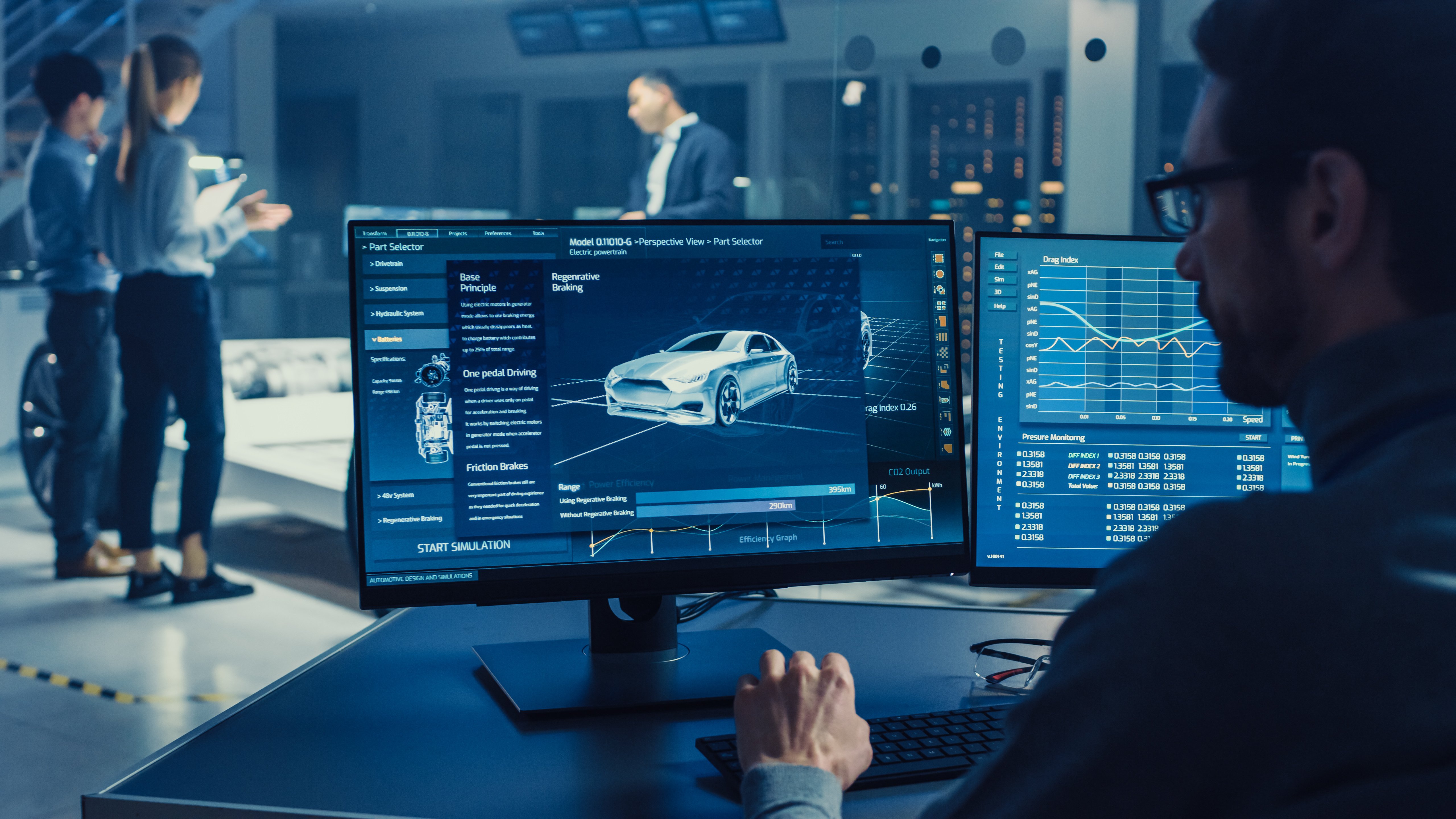
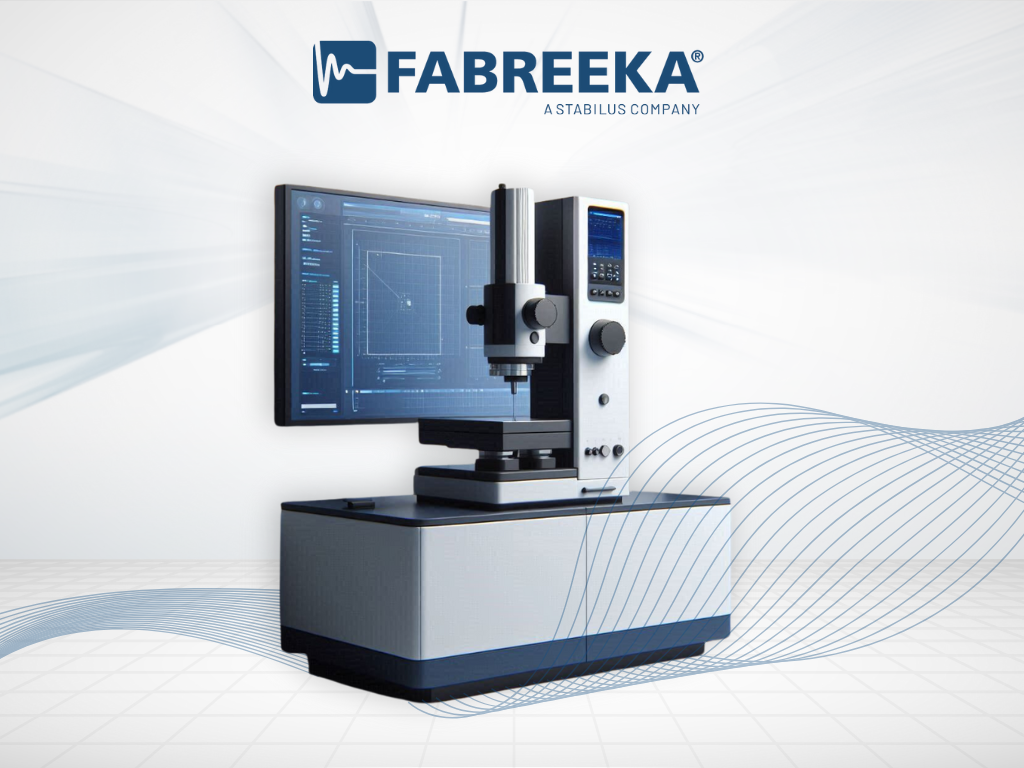
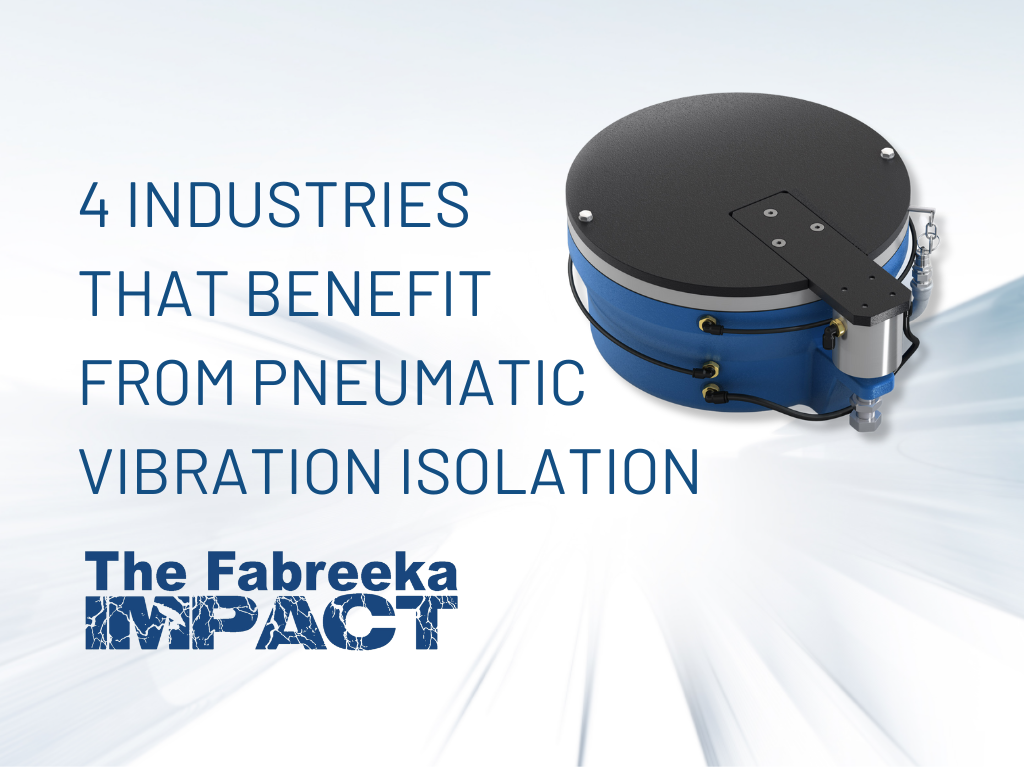
SUBMIT YOUR COMMENT